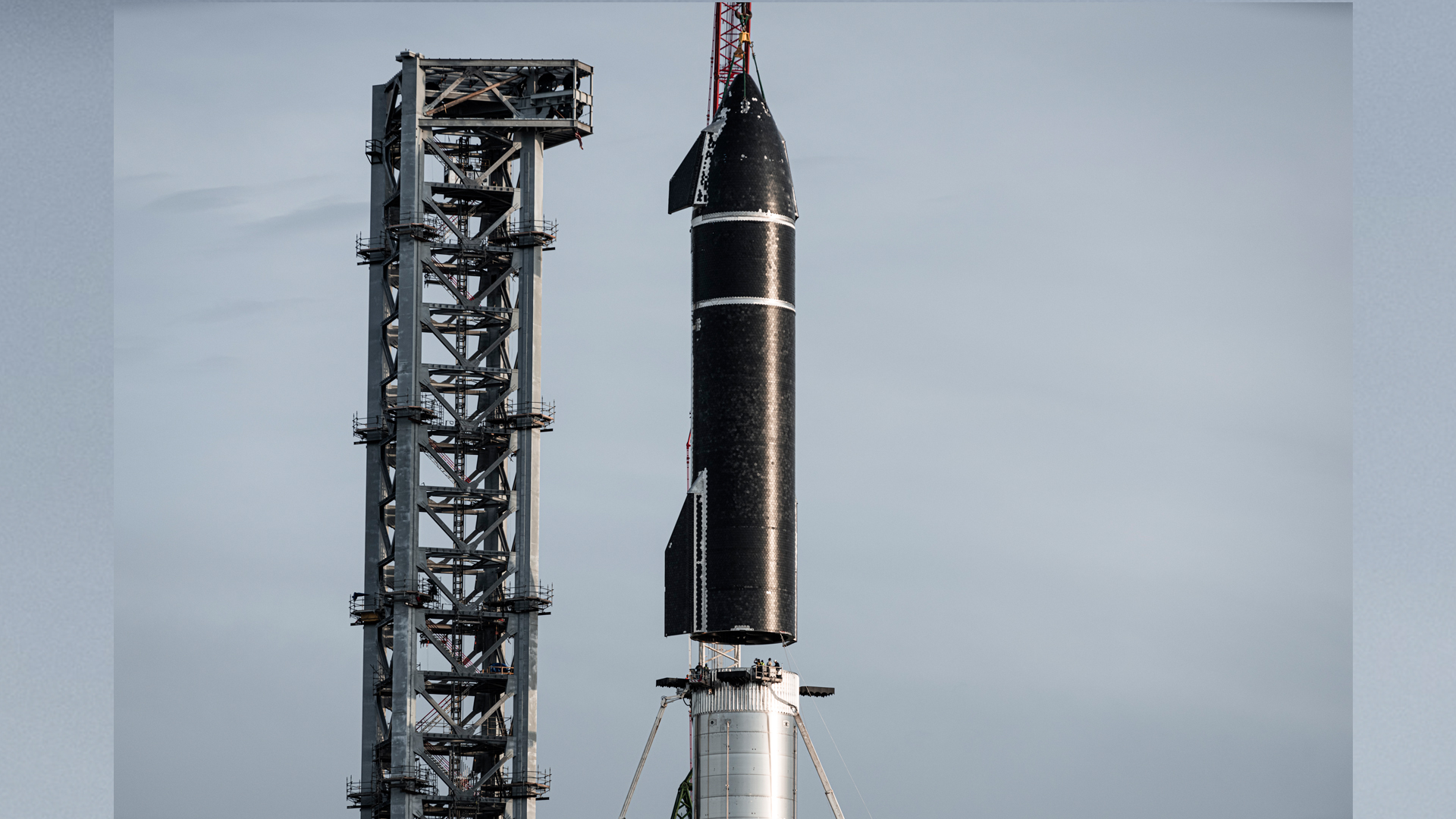FAA releases draft environmental review of SpaceX's Starship

The U.S. Federal Aviation Administration's (FAA) draft environmental review of SpaceX's Starship operations in South Texas suggests the program can likely proceed with its first orbital launch, although protecting wildlife and habitat could be a stumbling block — and the approval process is not over yet.
The FAA released the draft review for public comment on Friday (Sept. 17) and will be taking suggestions until Oct. 18. Two virtual public meetings are scheduled for Oct. 6 and Oct. 7.
SpaceX has cited the environmental review as one of the key milestones that must be passed to start orbital Starship flights, with CEO and founder Elon Musk saying in August that the company could be ready in a few weeks once the process is finished.
Photos: SpaceX lifts huge Super Heavy rocket onto launch stand
The overall approval process is broader than the newly released assessment, which focuses on the environmental effects of Starship launches and how (if at all) they can be addressed, particularly in the environmentally sensitive area surrounding the launch site near Boca Chica, on Texas' Gulf Coast.
While most of the analyses about noise, launch debris, road closures and other activities resulted in "no significant impacts," a stumbling block came under "biological resources:" "The FAA has determined the proposed action would adversely affect species listed under and critical habitat designated under the federal Endangered Species Act (ESA)," a summary of the environmental assessment results of Starship launches indicated.
The FAA has submitted a biological assessment for Boca Chica's terrestrial species to the U.S. Fish and Wildlife Service and requested a formal consultation, the agency added, warning it would not conclude the environmental review until this process is complete. The FAA also plans a consultation with the National Marine Fisheries Service, but noted it does not expect any "adverse effects" to marine species or habitat.
Breaking space news, the latest updates on rocket launches, skywatching events and more!
The FAA also warned that SpaceX may have to respond to further suggestions, depending on what the public comment process finds; for example, the FAA may end up conducting a more intensive environmental impact statement. It also provided no timeline for wrapping up the work, but that may take at least several months given that the public has until mid-October to contribute and the environmental work will now include two other federal services, which have their own processes to follow.
SpaceX had originally aimed to launch Starship on an uncrewed round-the-world test flight in July but is waiting on FAA approval before proceeding. Musk has expressed frustration with FAA regulations in the past, saying the rules need to be streamlined if humanity ever hopes to launch rockets with enough frequency to start a settlement on Mars or achieve other ambitious space goals. This time around, Musk has said little about the process on Twitter beyond inviting the public to weigh in: "Humanity's future on the moon, Mars & beyond depends upon it," he said on Friday.
The FAA noted that the environmental assessment assumes up to 20 Starship suborbital test flights a year during development, and up to five Starship and Super Heavy orbital launches annually. (The Starship deep-space transportation system consists of two parts: a huge first-stage booster called Super Heavy and an upper-stage spacecraft called Starship.)
Musk plans to fly even more Starships every year for Mars settlements. The FAA said in the 150-page draft assessment that a new environmental review would have to be performed if SpaceX ramped up the pace. That said, "the FAA would analyze the environmental impacts of proposed future activities in part by using information developed during the current process," the agency said in its Friday statement.
Previous Starship launches, which were all low-altitude, were able to proceed under a 2014 environmental assessment SpaceX prepared for a proposal to launch Falcon 9 and Falcon Heavy rockets from Boca Chica.
SpaceX no longer plans to launch these vehicles from Boca Chica, the FAA noted in a history of the launching area. (Those launches instead proceed from Florida and California.) But the 2014 review dealt with much smaller vehicles than the Starship system, which at around 395 feet (120 meters) in height is the tallest rocket in the world.
Follow Elizabeth Howell on Twitter @howellspace. Follow us on Twitter @Spacedotcom and on Facebook.

Elizabeth Howell (she/her), Ph.D., was a staff writer in the spaceflight channel between 2022 and 2024 specializing in Canadian space news. She was contributing writer for Space.com for 10 years from 2012 to 2024. Elizabeth's reporting includes multiple exclusives with the White House, leading world coverage about a lost-and-found space tomato on the International Space Station, witnessing five human spaceflight launches on two continents, flying parabolic, working inside a spacesuit, and participating in a simulated Mars mission. Her latest book, "Why Am I Taller?" (ECW Press, 2022) is co-written with astronaut Dave Williams.
